Text and photos by Sharon Boothroyd.
When Fabiano contacted me to ask me to contribute I didn’t know where to start. I decided I wanted to write about my current project Edelweiss because this is currently what my life is about; my children and my art. I also run a photo-blog called photoparley where I interview artists that inspire me. So, in bringing these two things together I thought I would use this opportunity to be a bit narcissistic and a bit schizophrenic and interview myself for the purposes of this article.
Edelweiss
Edelweiss is an ongoing series conceived as a visual lullaby using my daughter Anais.
I began using the child as a means of portraying feminine grace, pain and suffering with all the trouble it brings. I am also interested in everyday moments where pain and routine events give way to some deeper point of connection; an enlightenment of sorts.
I based the project loosely on the lullaby because of the arresting clash between innocence and a sinister component often occurring and leading to a deeper reading. Rather than being an illustration of the song, Edelweiss, in it’s repetition, emotion and simplicity, seeks to disarm the viewer by using childhood troubles as a correlation to those of the adult world.
Sharon Boothroyd: You say you chose a visual lullaby as a means of creating that clash between innocence and something more sinister. Could you elaborate on this concept?
Sharon Boothroyd: I really didn’t want to make a series of cute photos of my daughters that I thought were lovely but everyone else thought were twee. This was my biggest fear in using my family as subject matter. It is hard to make pictures of children in an intellectual and considered manner. So I needed a concept to drive the material. In wanting to stay away from the cutesy I needed a harsh contrast to measure against. I take so many pictures over the course of a week and a good measure for the project rather than the family album is to see if they have that edginess that comes from conflict. Any good story has a healthy dose of good and evil.
Sharon Boothroyd: What do you hope to achieve in this work and what are your plans for it?
Sharon Boothroyd: I hope I can create a discussion in the photography world that engages with the idea of childhood and how adults view and interpret it. In one sense we feel cut off from it and it becomes inaccessible, even though we have all been there. This forgetfulness interests me. I think we have a lot to learn about ourselves by looking at children and I want to use myself as a starting point.
Practically I want to make a book and extensive exhibition. I imagine it will take years to finish it. I would also like to make it a research project for further academic study.
Sharon Boothroyd: In our current society images of children can be controversial and taboo, especially naked ones. Do you ever worry about creating a controversy using your daughter? How do you plan to navigate these issues?
Sharon Boothroyd: As we have seen with the Immediate Family work of Sally Mann in the 90’s and Tierney Gearon, I am a Camera at Saatchi in 2001, this will always be the case. People will take it the wrong way, manipulate it and make it about something else, often for the sake of a story. It’s a shame because it misses the point of the work. It misses the beauty that is present and the issues that could be spoken of, more edifying and interesting ones. I am aware of it and I want to be prepared to defend the work as well as being open to engage realistically with the issues that it brings up. At the same time I want to protect my children and don’t want to use them as a way to make a point for art’s sake. So it’s a fine balance I want to tread carefully. My plan is to keep thinking about it, be willing to engage and continue working in unison with my family.
Sharon Boothroyd: What do you think the main problem is about seeing children in photos and how has it come about?
Sharon Boothroyd: I think the media have created a lot of fear and concern for how images are used. Scary stories such as paedophile rings and photographs of children being used ‘inappropriately’ raise alarm bells for parents everywhere. I think the language is often unspecific so our imaginations are left wondering what happens with these images and so we just want to steer clear without really knowing why. Even I, when I was in the playground with my daughters and a man from TV came up asking if he could video them playing, said we are leaving now and sorry, no he couldn’t.
I also think the lack of control creates an unease for how these images are going to be used and with the internet allowing images to end up anywhere parents have a right to be wary. The general public sense these issues too and for fear of doing anything wrong or distasteful stay away from the contentious topic by keeping quiet.
Photographic law is very confusing and different from one country to the next. People have different values of privacy vs freedom of speech and I think this is where the conflict lies.
Sharon Boothroyd: What do you think is so troubling about seeing childhood emotion?
Sharon Boothroyd: Vulnerability is unsettling. I think we are always affected when faced with it. I also think true beauty comes from vulnerability. Facades and pretences don’t interest me and getting to the heart of someone or something means seeing past the pretence and getting to their essence.
Achieving real vulnerability and intimacy as adults is one of the hardest things to do because we quickly learn how to protect ourselves. Children are still trusting, open and haven’t fully learnt about concealing themselves. As they grow it is healthy that they will learn to protect themselves and build barriers but there is a phase in their life when their emotions are forming and they don’t know how to conceal them. They show them in all their heightened force and it is unsettling because we don’t know how to deal with it because we have buried it somewhere and left it behind as we deal with and confront life.
Sharon Boothroyd: Has this project helped you to have a deeper connection with your everyday world?
Sharon Boothroyd: Yes. Instead of waiting for good things to happen to me I search for them in the smallest moments. Like when Anais curls up on a step and asks me to take her picture or when she closes her eyes in the bath and becomes like a heavenly creature. I am constantly responding to the things around me as well as searching for ways to create them. It becomes more about being in the moment than waiting for something great to happen. It’s about watchfulness and being present.
Sharon Boothroyd: How has your life changed since having children?
Sharon Boothroyd: I am very tired. I am pushed for time. I hold tightly to my ‘me time’ and I become obsessed with progress.
At the same time and contradictorily, I am happier, I am more ‘successful’ and more at peace with my life’s purpose. I know that my definition of success isn’t what society tells me it should be but it is finding enjoyment in what I do and living an interesting life in close relationship with the people I love. In fact this experience of seeing little people grow makes me a fuller person and makes my work more interesting. It has become more of a lifestyle than a career.
Sharon Boothroyd: How do you find the time to do your art and be a full time mum?
You make time for the things you love. I also have a great husband who shares childcare so I can work on my projects. We both believe we can help each other prioritise our passions to make life great and worthwhile. There is an interesting discussion on this topic on Alec Soth’s blog: On being an artist and a mother conversation.

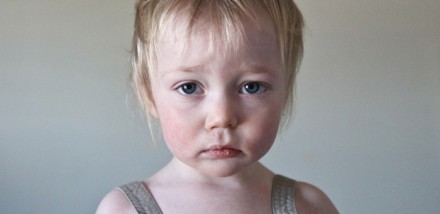
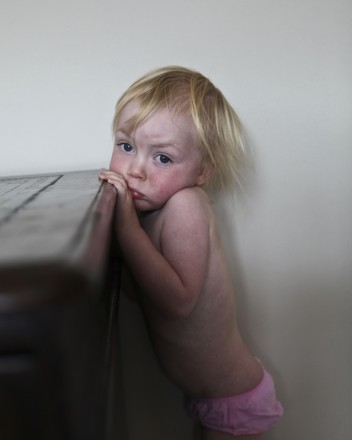
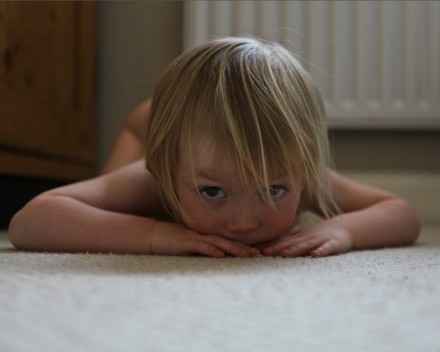
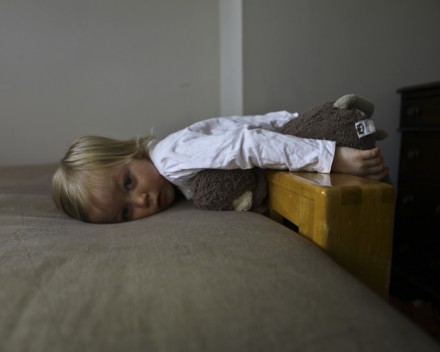
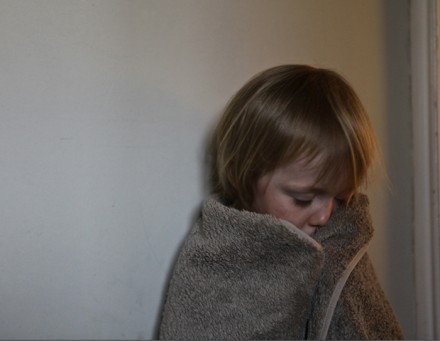
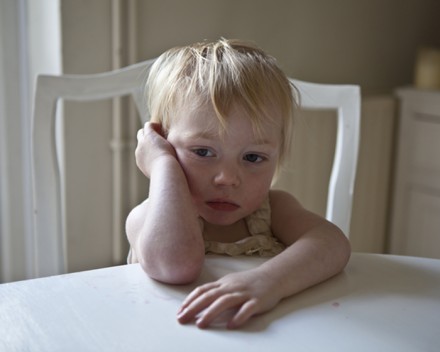
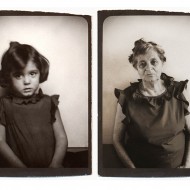
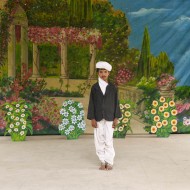
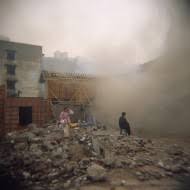
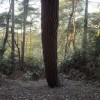
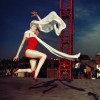
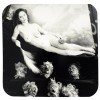
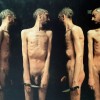
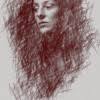

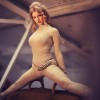

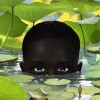

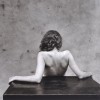
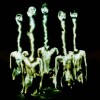


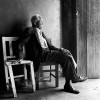
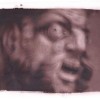


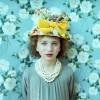

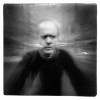
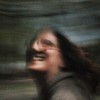
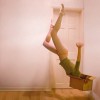

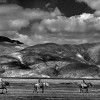
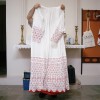
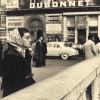
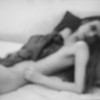

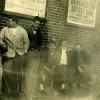

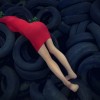
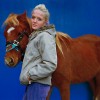

You can also subscribe to this post comments RSS feed.